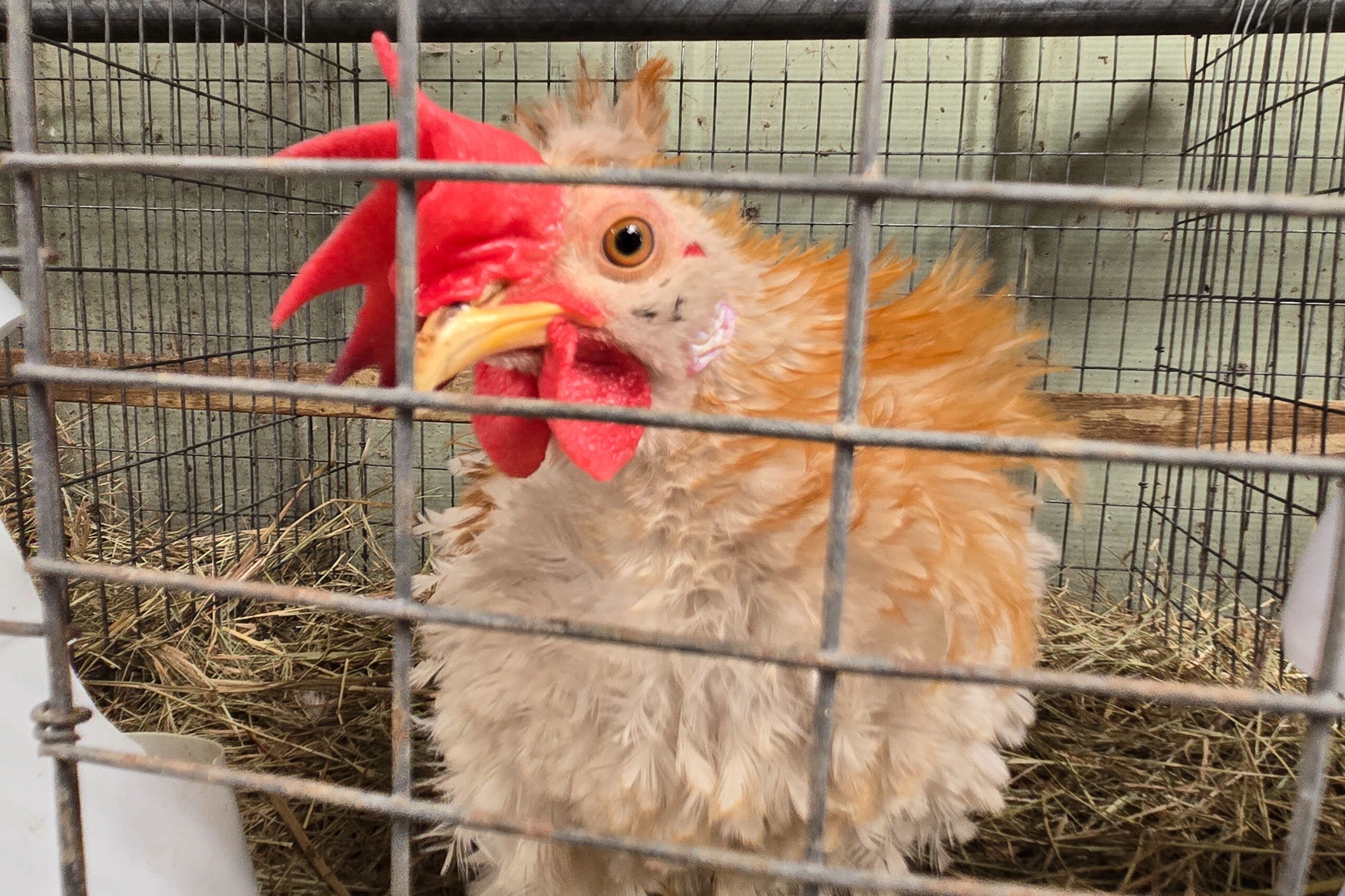An older woman in southeast Wyoming has been hospitalized with bird flu, marking the state’s first human case of Type A H5N1 influenza.
The patient, who lives in Platte County and has other health conditions, is being treated in another state after likely exposure through direct contact with an infected poultry flock at her home, according to a release from the Wyoming Department of Health (WDH).
Newsweek contacted WDH via online form on Saturday for comment.
Why It Matters
This latest case emerges as new research reveals bird flu may be spreading more widely than previously known, particularly among those working with animals.
The virus has expanded across multiple species, from wild birds to dairy cattle, raising questions about transmission patterns and detection.
What Is Bird Flu?
H5N1 is a strain of bird flu that has seen a spike in infections in birds, cattle, humans and other species in recent months.
Of the nearly 70 people in the U.S. who have tested positive for the virus, 40 resulted from exposure to infected cattle while 23 others were related to poultry farms or poultry culling efforts, according to the U.S. Centers for Disease Control and Prevention (CDC)
Since January 2022, all 50 states have been affected by bird flu, with 1,374 reported outbreaks impacting over 1.29 million birds.
The CDC advises on their website that Americans, particularly those at high risk of bird flu such as farmworkers, should get the flu vaccine this season, even though it only prevents seasonal flu.
Symptoms of Bird Flu in People?
Mild symptoms include eye redness and irritation (conjunctivitis), a mild fever, cough, sore throat, stuffy nose, muscle or body aches, fatigue and headaches.
Moderate to severe symptoms include a high fever or severe respiratory symptoms, shortness of breath or difficulty breathing, and altered consciousness or seizures.
Eye redness has been a common symptom in recent U.S. cases. Symptoms typically begin 2–7 days after exposure, with eye irritation sometimes appearing earlier, according to the CDC.
What People Are Saying
Dr. Alexia Harrist, Wyoming State Health Officer, said in the release: “While this is a significant development as bird flu activity is monitored in Wyoming and across the country, it is not something we believe requires a high level of concern among most Wyoming residents.”
Harrist added: “We want to remind people there has been no documented human-to-human virus transmission of this virus in the United States so far. Our staff has followed up with other people who had contact with the flock and the patient and will continue working with state and national experts to monitor the situation carefully for Wyoming.”

What Happens Next
The CDC continues to classify the general public risk as low but urges people who have contact with sick or dead birds to take precautions, including wearing respiratory and eye protection and gloves when handling poultry.
Health officials will likely increase monitoring of both human and animal populations, particularly in areas with known infections.
Sick or dead wild birds may be reported to the Wyoming Game and Fish Department (WGFD) by calling 307-745-5865
👇Follow more 👇
👉 bdphone.com
👉 ultractivation.com
👉 trainingreferral.com
👉 shaplafood.com
👉 bangladeshi.help
👉 www.forexdhaka.com
👉 uncommunication.com
👉 ultra-sim.com
👉 forexdhaka.com
👉 ultrafxfund.com
👉 bdphoneonline.com
👉 dailyadvice.us




